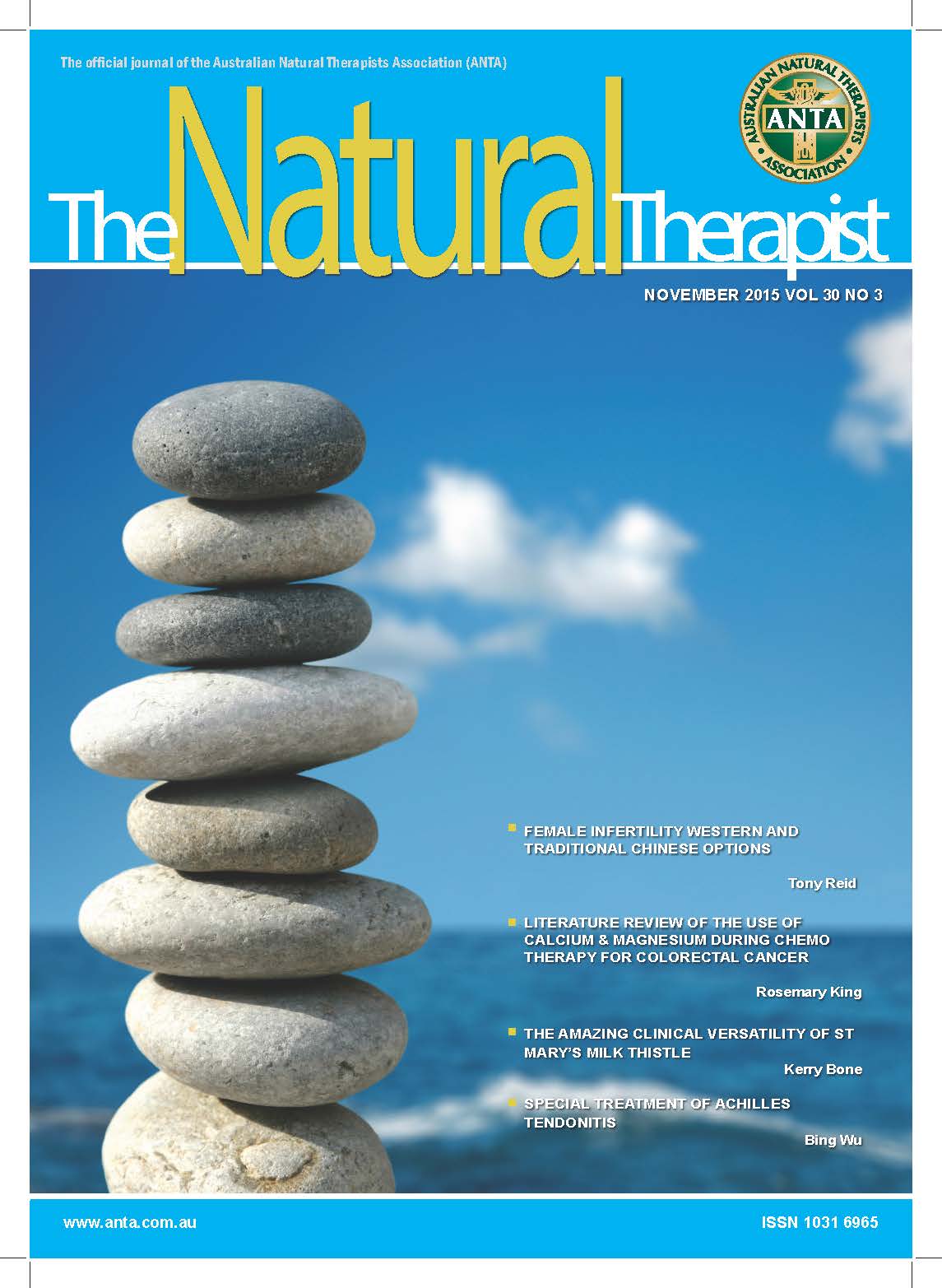News Categories
Increased-intensity acupunture benefits Bell's Palsy
[IMgateway] The traditional Chinese theory of acupuncture highlights that the intensity of the stimulus must reach a threshold to elicit de qi, which is necessary to achieve therapeutic effects.
De qi comprises the sensations of soreness, tingling, fullness, aching, coolness, warmth and heaviness at and around the acupoints.
This multicentre study recruited 338 patients with Bell’s Palsy. All patients received prednisone as a basic therapy. Participants were randomly assigned to the de qi or control group. Both groups received acupunture treatment; in the de qi group, the needles were manipulated manually, whereas in the control group the needles were inserted without any manipulation. The intervention consisted of 20 sessions lasting 30 minutes each (five sessions per week for 4 weeks). Facial nerve function, disability and quality of life were assessed at 6 months.
At the 6-month follow -up, complete facial muscle recovery was observed in 94% of patients in the de qi group as compared to 77% patients in the control group. In addition, all functional and quality of life parameters showed significantly greater improvement in the de qi group than in the control group.
In patients with Bell’s Palsy, acupuncture with strong stimulation that elicits de qi is associated with better therapeutic effects than standard acupunture.
References:
Xu SB, Huang B, Zhang CY, Du P, Yuan Q, Bi GJ, Zhang GB, Xie MJ, Luo X, Huang GY, Wang W. Effectiveness of strengthened stimulation during acupuncture for the treatment of Bell palsy: arandomized controlled trial. CMAJ. 2013 Apr 2;185(6):473-9.
Further details at: http://www.ncbi.nlm.nih.gov/pubmed/23439629 ![]()
Use our search facility to find what you're looking for on the ANTA website.



